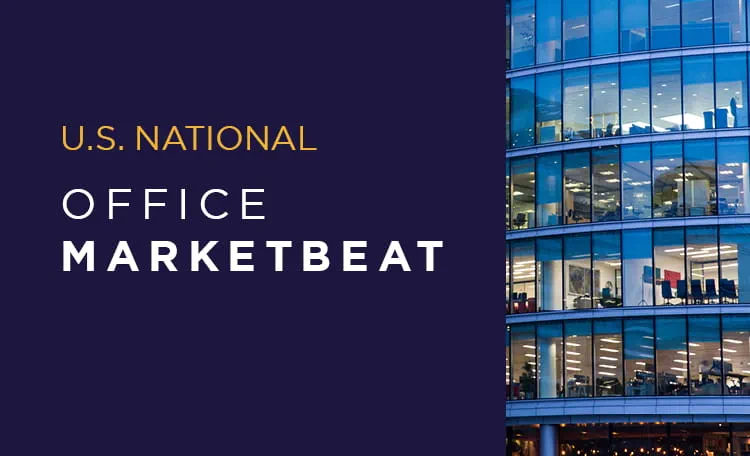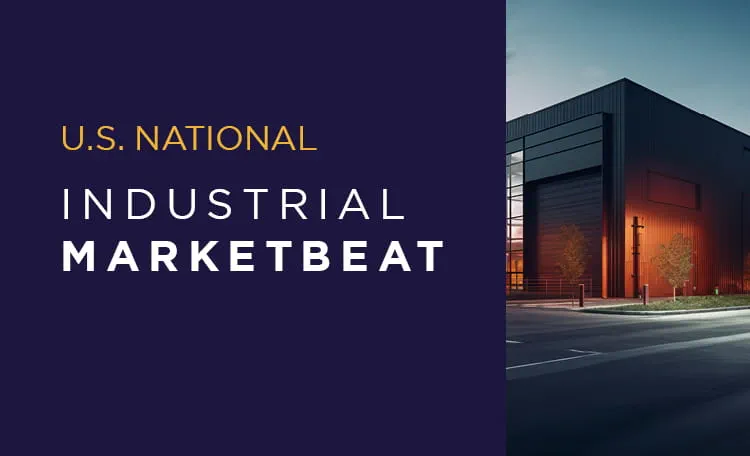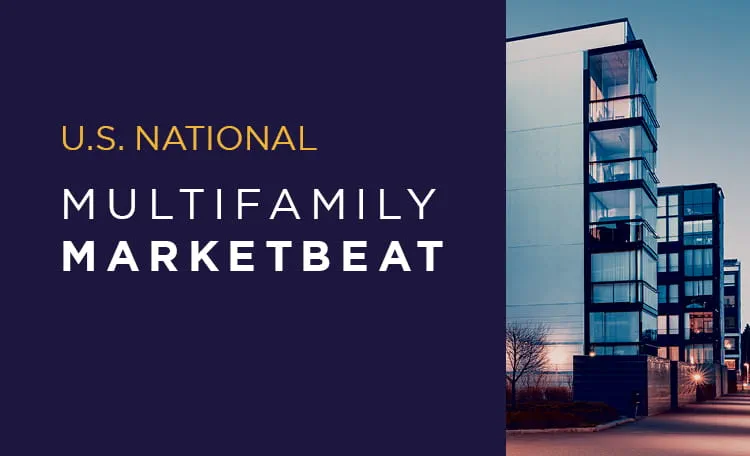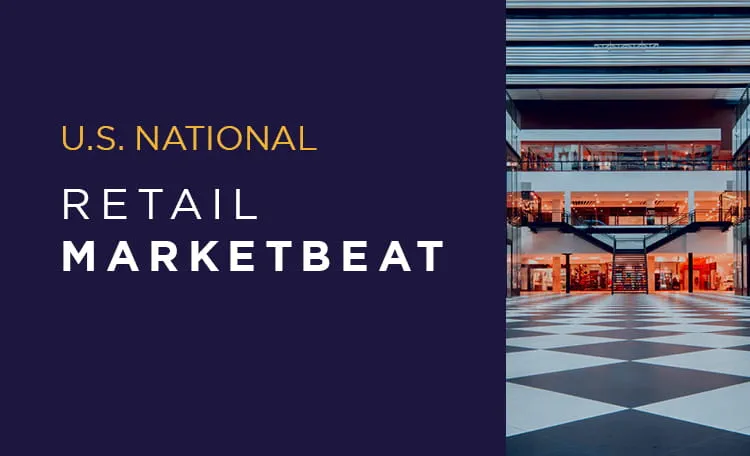
Commercial Real Estate Insights
Most Recent
Article
Bank Regulations and Commercial Real Estate
Research • Construction
Healthcare
Research • Investment / Capital Markets
MOB Capital Markets Midyear Update
Hospitality
MarketBeat
Research
Unpacking the Strength of New York's Hotel Market
Our Valuation & Advisory team explores three market-specific factors that will limit hotel supply while driving room rates higher.
Research • Food & Beverage
Elaine Sahlins • 7/23/2024
Industrial & Logistics
Research • Construction
Research
Long Island Industrial Construction Report
Article • Government / Public Sector
James Bohnaker • 9/30/2025
Office
Research • Legal
Research
I-65 Corridor: The Power of Investment
Article • Workplace
Jason Tolliver • 9/23/2025
Investor
Article • Investment / Capital Markets
Market Matters: Exploring Real Estate Investment Conditions & Trends
Research • Investment / Capital Markets
Sam Tenenbaum • 10/29/2025
Research • Investment / Capital Markets
10/27/2025
Research • Investment / Capital Markets
10/14/2025
Research • Investment / Capital Markets
Abby Corbett • 9/24/2025
Research • Investment / Capital Markets
Rebecca Rockey • 9/24/2025
MarketBeats
MarketBeat

MarketBeat
Multifamily
Article • Investment / Capital Markets
Market Matters: Exploring Real Estate Investment Conditions & Trends
Research • Investment / Capital Markets
Sam Tenenbaum • 10/29/2025
Research • Investment / Capital Markets
10/27/2025
Retail
Research
The Enduring Allure of Premier Retail Streets in the Americas
Research
Barrie Scardina • 4/21/2025
Article
James Bohnaker • 5/6/2024
Sustainability & Wellness
Article • Sustainability / ESG
Optimizing the Investor Lifecycle
Article • Sustainability / ESG
Megan Pendill • 9/17/2024
Technology
Research • Technology
Asia Pacific Data Centre Investment Landscape
Insights • Technology
Asia Pacific Data Centre Construction Cost Guide
Article • Technology
Megan Pendill • 8/1/2024
Research • Technology
Gregory Rogalla • 7/25/2024
Insights in your inbox
FEATURED MARKETBEAT REPORTS

MarketBeat

MarketBeat

MarketBeat























